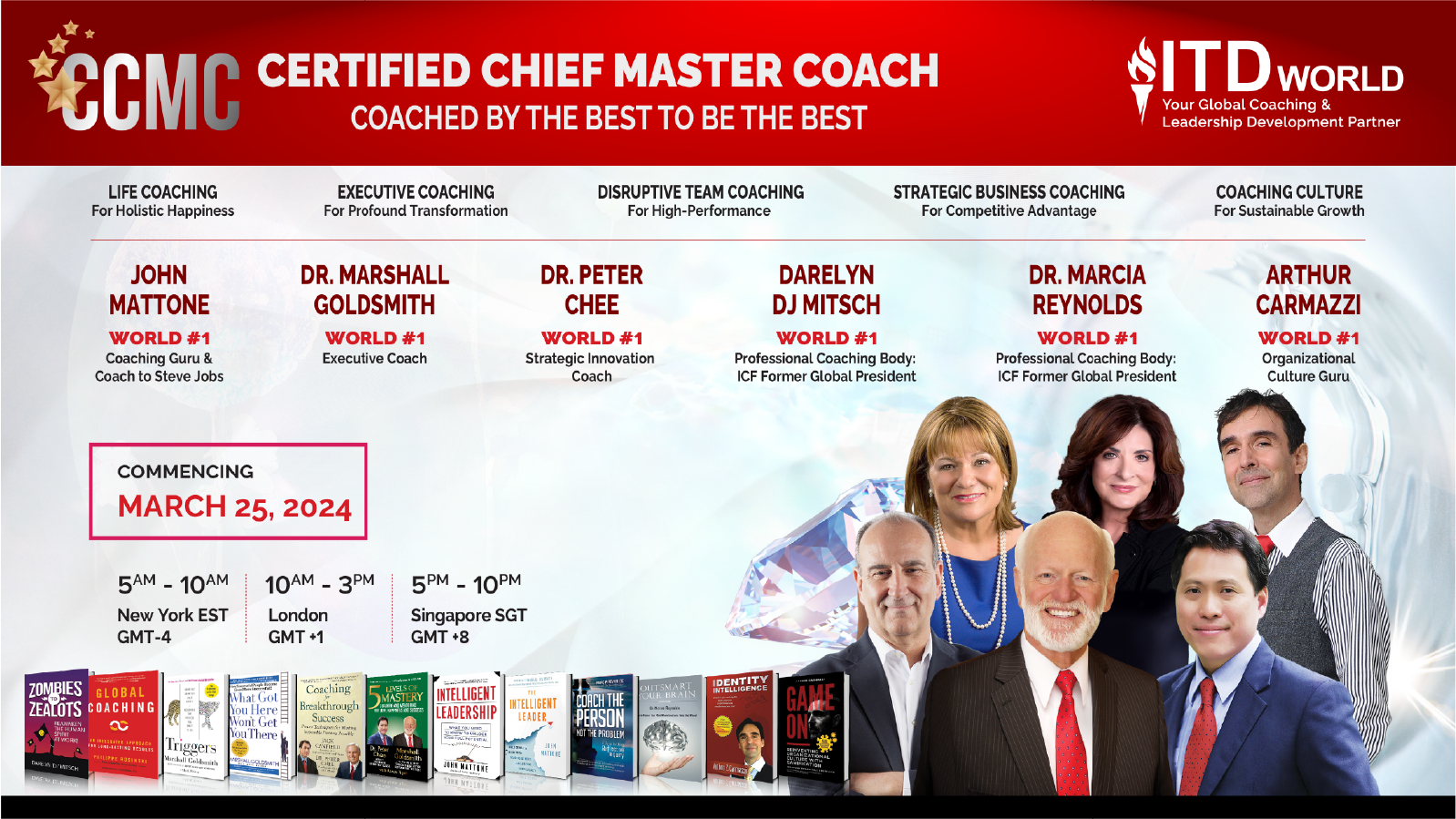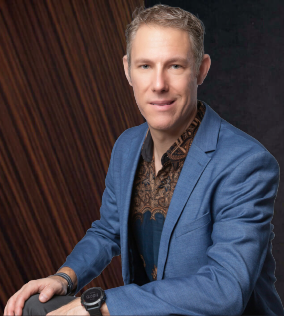

To maintain old habits requires little efort but to inculcate new habits requires support structures and persistency..
– Jack Canfield and Peter Chee

EUREKA VIDEO

Providing continuous support, encouragement and accountability in coaching has the power to literally change lives.
– Jack Canfield and Peter Chee

TRANSFORMATIONAL COACHING QUESTIONS
LATEST HAPPENINGS
NewPartner Nick Jonsson Nick Jonsson is a business leader, author, speaker, podcast host and entrepreneur. But at the core
of his endeavors, Nick’s mission is evident: empowering people to live beyond their wildest dreams
with vulnerability & and holistic happiness. Click on his picture to learn more and engage him to
enable results at your organization.


FURTHER RESOURCES